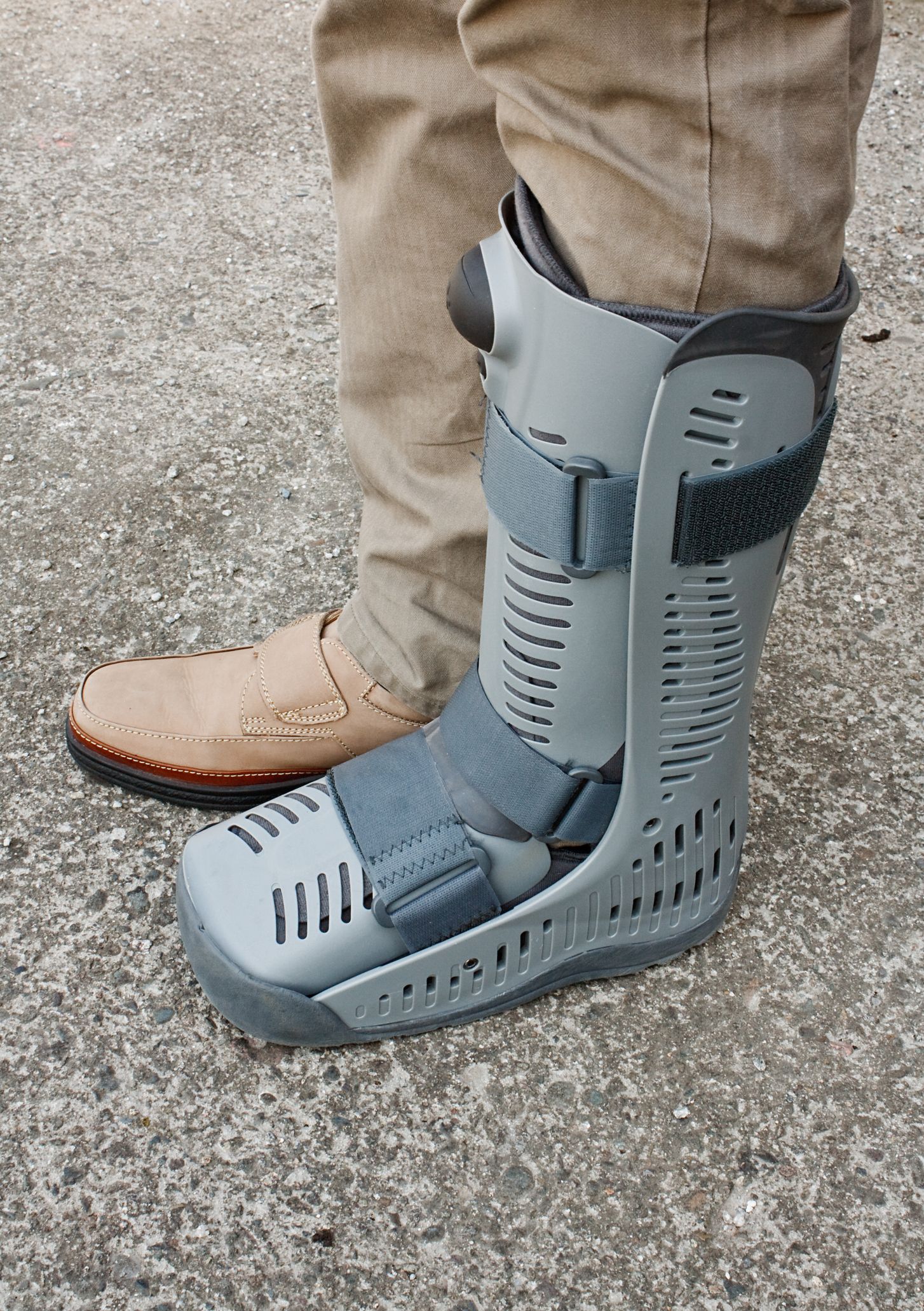Total Ankle Replacement
Many of us know a person who has had a total hip replacement, total knee replacement, or even a total shoulder replacement to replace a painful joint. But how many of us have heard of a total ankle replacement? My guess is not many. In this article, we will discuss total ankle replacements and how they are used.
Total Ankle Replacement is a procedure that is used to replace an arthritic or damaged ankle joint. The implant may be designed using metal and plastics.
Total Ankle Replacements (TARs) have been in use since the 1970s and initially were fraught with complications and were largely unsuccessful. But over the last forty years, through many generations of the implants, the technology and techniques have greatly improved and it has become a powerful tool to use to help combat painful ankle arthritis.

The ankle consists of three main bones: the tibia, fibula, and the talus. The tibia is the bigger bone of the leg and the fibula is the smaller bone of the leg. The talus is a dome shaped weight bearing bone that fits in the space created by the tibia and fibula to make the ankle joint. A person with an arthritic ankle joint has the cartilage of the joint worn down or damaged. This creates pain. The purpose of total ankle replacements is to remove the arthritic joint and replace it with metal and plastic.
Total ankle procedures replace the portion of those bones that rub together with metal and plastic. The metal portions are fixed into the tibia, fibula, and talus. The plastic portion is placed between the metal components. The metal and plastic components rub against each other to allow the ankle joint to move smoothly and painlessly. The difference between types or brands of ankle replacements is how these metal and plastic portions are constructed, the size and shape of the metal and plastic pieces, and how they are placed in the ankle.
he gold standard treatment for ankle arthritis continues to be an ankle fusion. But for the right patient a total ankle replacement can be used. These include:
- Patients over 50 years of age
- Limited deformity to the ankle
- Moderate to low impact activity level
Not fitting into this category does not preclude you from obtaining a total ankle replacement. The choice to perform a total ankle on a particular patient is at the surgeon's discretion.

Total ankle replacements are done in a hospital or surgical center. Each surgical case is patient specific and can take up to 2 hours. They usually require an overnight stay, but can be done on an outpatient basis. After your total ankle you will be unable to bear weight for three weeks. You will then be placed in a walking cast boot over the next three to four weeks. By the 9th week we will progress you out of your walking cast boot into a normal shoe; progressing to full activities by 12 weeks.
Visit our Patient Education Ceter to learn more about STAR Mobile-Bearing, Salto Talaris, and Wright INBONE II Total Ankle Replacement procedures.
If you or someone you know is suffering from ankle pain or arthritis, please request an appointment with one of our ankle experts at Resurgens Orthopaedics.
Written by Gary W. Stewart, MD
Orthopaedic Surgeon
Foot and Ankle Specialist
Fellow American Orthopaedic Foot and Ankle Society
Fellow American Academy of Orthopaedic Surgeons